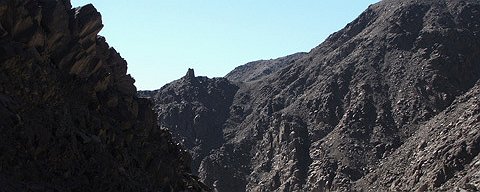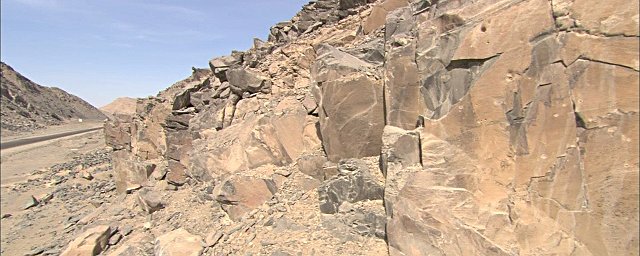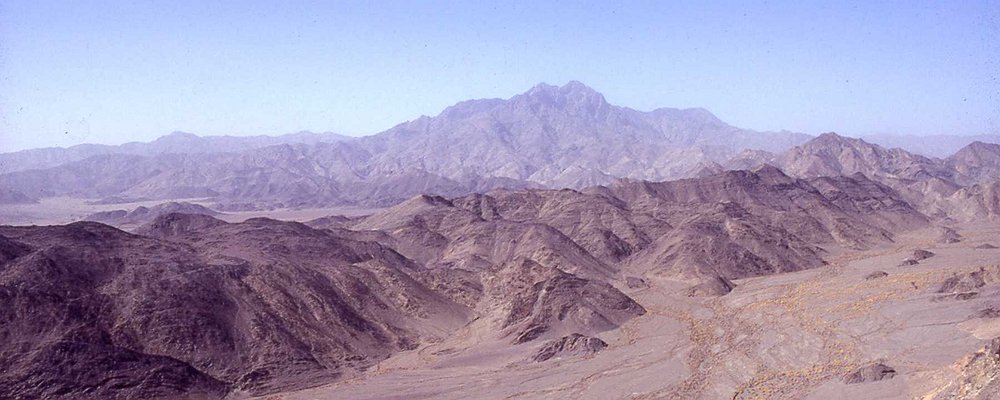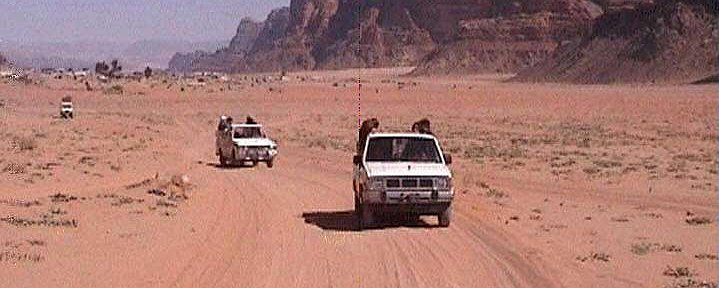Blog
Your aide will lift you up with 4*4 jeep early morning from your inn in Marsa Alam to begin your visit to Wadi Hammamat quarries, one of the famous vacation spots in the Red Sea governorates best known not only for its gold and valuable stones uncommonly bekhen-stone which were utilized for little scale building ventures, sarcophagi, statues and vessels amid the Pharaonic Period additionally for its abundance of Pharaonic hieroglyphics over its dividers that go back to the predynastic period which record the exercises of endeavors sent by numerous rulers.
Wadi Hammamat is known for the many antiquated engravings and drawings on its stone confront, some of which are thought to go back to 4000 BC. The channel is additionally celebrated for an old street that goes through the valley, and the Bekheny stone that was quarried here. The street was the most limited course between the Red Sea and the Nile valley and was a generally utilized exchange course as a part of antiquated times. The Bekheny stone is a fancy green shake that was viewed as holy in antiquated times and was widely quarried and used to make statues, sarcophagi, bowls and different articles, a large portion of which have as of late been recouped from destinations of old sanctuaries, graves and even pyramids. The channel is situated about somewhere between Qena and Quseir.
Wadi Hammamat is one of an awesome number of dry waterway beds that wind through the tough heaps of Egypt's Eastern Desert and the advanced street that goes through it interfaces Qift (Greek Coptos) to the port of Quseir on the Red Sea. The course was utilized for centuries as an exchange course from the Coast to the Nile; however the zone was likewise celebrated internationally for its quarries and gold mines. Scores of antiquated vestiges line the course; stays of watchtowers, strongholds, wells and mines from different periods demonstrate much confirmation of old quarrying and mining action. The channel is maybe best known be that as it may, for its several hieroglyphic and hieratic rock engravings which record the exercises of campaigns sent by numerous rulers to acquire the valuable assets of bekhen-stone which were utilized for little scale building ventures, sarcophagi, statues and vessels amid the Pharaonic Period.
Wadi Hammamat is situated about somewhere between Qusier and Gift (antiquated Coptos), and is celebrated today for the most part for its pharaonic graffiti. More than 200 hieroglyphic tablets embellish the quarries of the prestigious "bekhen" stone, which is really comprised of three particular materials. Be that as it may, the graffiti transverses time and stretches out into the twentieth century and the rule of King Farouk.
The Romans built watch towers and wells at general interims along the courses of the Eastern Desert where troops halted. Old wells and the remaining parts of the Romans can in any case be seen.
A considerable lot of the engravings are committed to the divinities of the East, with Min-Amon at their head, and have a place with both voyagers and the Sementyou, or the pioneers who quarried the stone. These were experts who ventured to every part of the area searching for the best stone to use in models and landmarks, and were exceptionally talented architects and artisans. The hieroglyphic engravings engraved in the gorge dividers, are set in the south side of the aqueduct. There is a little Egyptian Antiquities working inverse the engravings.
The genuine purpose behind the zones significance is the normal street that leads through the Wadi and the Bekhen stone which was intensely quarried here.
This is the street utilized as a part of classical times by the vendors of Arabia to exchange with the Egyptians. So prominent was the exchange course that when of the Roman control of Egypt the living arrangement of Coptos was more Arab then Egyptian. It was likewise part of the acclaimed silk exchange course with the Han Dynasty in China, and kept on being a vital course for Islamic explorers heading out to Mecca.
The Bekhan stone was much looked for after by the old Egyptians. The three sorts of stone comprise of a rich red sandstone, a paler stone yet of better grain, and a dim chestnut stone that just about looks like basalt, however which is delicate. The initial two sorts of stone were those generally questioned.









comments
No comments yet.